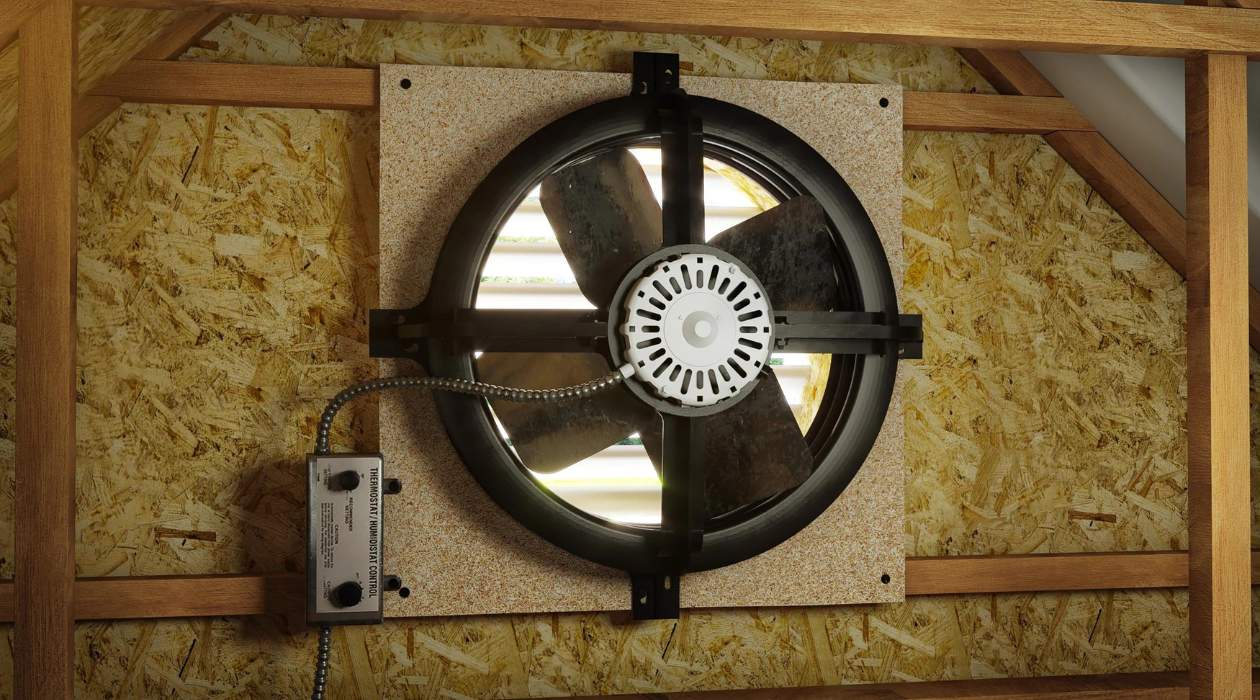

Articles
How Does Attic Fans Work
Modified: April 22, 2024
Learn how attic fans work and how they can help improve ventilation and reduce energy costs. Read our informative articles to find out more.
(Many of the links in this article redirect to a specific reviewed product. Your purchase of these products through affiliate links helps to generate commission for Storables.com, at no extra cost. Learn more)
Introduction
Welcome to the world of attic fans, where comfort, energy efficiency, and cost savings meet. If you’re tired of sweltering summer heat, high energy bills, and excessive humidity in your home, an attic fan could be the solution you’ve been looking for. Attic fans work tirelessly to circulate air, remove excess moisture, and maintain a comfortable environment throughout the year.
But what exactly is an attic fan, and how does it work? In this article, we’ll delve into the world of attic fans and explore the numerous benefits they offer. Whether you’re considering installing an attic fan or simply curious about how they operate, read on to discover everything you need to know.
Key Takeaways:
- Attic fans regulate temperature, control moisture, and improve air quality, enhancing comfort and energy efficiency while extending the lifespan of roofing materials.
- Regular maintenance, proper installation, and usage optimization ensure attic fans operate efficiently, promoting a cooler, more comfortable home and improved energy efficiency.
Read more: How To Tell If An Attic Fan Is Working
What is an Attic Fan?
An attic fan is a ventilation system installed in the attic of a home or building. Its primary function is to regulate the temperature and humidity levels in the attic space. Attics tend to trap heat, which can radiate down into the living areas below, causing discomfort and increasing the load on the cooling system. An attic fan helps to mitigate these issues by promoting air circulation and heat dissipation.
Attic fans come in various sizes and forms, but the two main types are roof-mounted fans and gable-mounted fans. Roof-mounted fans are installed directly on the roof, typically near the peak, while gable-mounted fans are installed in a gable vent on the side of the attic. Both types can effectively ventilate the attic, but the choice depends on factors such as the roof structure and personal preference.
Attic fans can be operated manually or automatically. Manual fans require the homeowner to turn them on or off, while automatic fans are equipped with thermostats or humidity sensors that activate the fan when certain thresholds are reached. This automation ensures that the fan only operates when necessary, saving energy and optimizing its effectiveness.
Overall, attic fans play a crucial role in maintaining a comfortable indoor environment and preserving the integrity of the building. By preventing the accumulation of excess heat and moisture in the attic, they help to extend the lifespan of roof materials, reduce the strain on cooling systems, and ultimately save energy.
Benefits of Attic Fans
Attic fans offer a multitude of benefits for homeowners and building occupants. Let’s explore some of the key advantages:
- 1. Temperature Regulation: One of the primary benefits of an attic fan is its ability to regulate the temperature in the attic space. By actively ventilating the area, it helps to reduce the build-up of heat during hot summer months. This, in turn, prevents the heat from radiating downward into living spaces, creating a more comfortable indoor environment.
- 2. Energy Efficiency: Attic fans can significantly improve energy efficiency. By reducing the heat load on the cooling system, they help it operate more efficiently, ultimately leading to lower energy consumption and reduced cooling costs.
- 3. Moisture Control: Excessive moisture in the attic can lead to mold growth, rotting of wood materials, and damage to insulation. Attic fans actively circulate the air, preventing the build-up of moisture and condensation. This helps to maintain a healthy and dry attic environment.
- 4. Extended Roof Lifespan: A hot and humid attic can accelerate the deterioration of roofing materials, such as shingles. Attic fans play a crucial role in prolonging the lifespan of the roof by reducing the temperature and moisture levels inside the attic space.
- 5. Improved Air Quality: Attic fans promote air circulation, ensuring that stale and stagnant air is constantly replaced with fresh outdoor air. This improves indoor air quality and reduces the risk of allergens, pollutants, and odors accumulating in the living spaces below.
- 6. Preventing Ice Dams: In colder climates, ice dams can form on the roof during winter. Attic fans help to prevent the formation of ice dams by maintaining a consistent temperature in the attic space, preventing snow from melting and refreezing at the eaves.
These are just a few of the many benefits that attic fans provide. Whether it’s enhancing comfort, reducing energy costs, preserving the lifespan of the roof, or improving air quality, investing in an attic fan can bring about a range of advantages for homeowners and building occupants.
How Attic Fans Work
Attic fans work on a simple principle: air circulation. They function by drawing fresh outdoor air into the attic space while simultaneously expelling stale, hot air. This exchange of air helps to regulate the temperature and humidity levels inside the attic, creating a more comfortable and balanced environment.
The operation of an attic fan can be broken down into three key components:
- 1. Fan Unit: The fan unit is the heart of the attic fan. It consists of a motor and a set of blades or propellers that are responsible for creating airflow. When the fan is activated, the motor spins the blades, generating a suction force that pulls air into the attic. The size and power of the fan unit depend on the size of the attic and the desired ventilation capacity.
- 2. Intake Vents: Intake vents are strategically placed openings through which fresh outdoor air enters the attic. These vents can be located near the soffits or eaves of the roof. They allow cool air from outside to flow into the attic, replacing the hot air that is being expelled.
- 3. Exhaust Vents: Exhaust vents serve as outlets for the hot, stale air that is being expelled from the attic. These vents are usually located on the roof, near the peak or in gable vents. As the fan draws air into the attic, the hot air is pushed out through these vents, ensuring proper ventilation.
Attic fans can be controlled manually or automatically. Manual operation involves turning the fan on or off as needed, while automatic attic fans are equipped with sensors or thermostats that regulate their activation based on preset temperature or humidity thresholds.
When the attic temperature or humidity rises above the desired level, the thermostat or sensor signals the fan to turn on. The fan then begins to draw in fresh air from the intake vents while simultaneously expelling hot air through the exhaust vents. Once the desired conditions are reached, the fan automatically switches off.
It’s important to note that attic fans should be properly sized and installed to ensure optimal performance and energy efficiency. Consulting with a professional or following manufacturer guidelines is recommended to determine the appropriate fan size and placement for your specific attic and ventilation needs.
By effectively circulating air and removing heat, attic fans play a crucial role in maintaining a comfortable and well-ventilated attic space.
Attic fans work by drawing hot air out of the attic and replacing it with cooler outside air, helping to reduce the temperature in the attic and lower the overall temperature of the house. This can help reduce the load on air conditioning systems and lower energy costs.
Types of Attic Fans
When it comes to choosing an attic fan, there are several types to consider. Each type offers its own set of benefits and features. Here are the most common types of attic fans:
- 1. Roof-Mounted Attic Fans: Roof-mounted attic fans are installed directly on the roof, typically near the peak. These fans are designed to exhaust hot air from the attic and can be highly effective in promoting air circulation. They are suitable for various roof types and provide efficient ventilation by drawing air from the intake vents located near the soffits or eaves.
- 2. Gable-Mounted Attic Fans: Gable-mounted attic fans are installed in a gable vent on the side of the attic. These fans are particularly useful when a roof-mounted fan is not feasible or desired. Gable-mounted fans draw air from the attic space and exhaust it out through the gable vent, ensuring proper ventilation.
- 3. Solar Attic Fans: Solar-powered attic fans are becoming increasingly popular due to their energy efficiency and eco-friendliness. These fans are equipped with solar panels that harness the power of the sun to operate the fan motor. Solar attic fans can be roof-mounted or gable-mounted and provide ventilation without relying on electricity from the grid, making them a sustainable option.
- 4. Whole House Fans: While not specifically categorized as attic fans, whole house fans can also contribute to attic ventilation. These fans are installed in the ceiling of the highest level of a home and are designed to pull cool air from open windows or doors, creating a breeze that moves through the living spaces and into the attic. Whole house fans are useful for cooling the entire home and can complement attic ventilation efforts.
When selecting an attic fan, factors such as the size of the attic, roof structure, climate, and personal preferences should be taken into consideration. Consultation with a professional can help determine the most suitable type of attic fan for your specific needs.
Regardless of the type chosen, an attic fan can significantly enhance the ventilation and temperature control in the attic, providing numerous benefits for the overall comfort and energy efficiency of your home.
Read more: How Do Solar Attic Fans Work
Installation Process
Installing an attic fan is a project that can be tackled by experienced DIY enthusiasts or left to professional installers. The installation process may vary depending on the type of attic fan and the specific requirements of your attic space. Here is a general overview of the installation process:
- 1. Assess Attic Space: Before installing an attic fan, it is important to assess the attic space. Look for suitable locations for the fan unit and determine the best placement for intake and exhaust vents. Consider the roof structure, available access points, and any potential obstructions that may need to be addressed.
- 2. Gather Materials: Gather all the necessary materials and tools for the installation. These may include the attic fan unit, intake and exhaust vents, ductwork (if required), screws, brackets, sealants, and electrical wiring if the fan requires a power source.
- 3. Install Intake Vents: Begin by installing the intake vents near the soffits or eaves of the roof. These vents allow fresh air to enter the attic and are crucial for proper ventilation. Follow manufacturer instructions and secure the vents in place using appropriate screws or brackets.
- 4. Install Fan Unit: Depending on the type of attic fan, follow the manufacturer’s instructions to install the fan unit either on the roof or in the gable vent. Ensure that the fan is properly secured and aligned for efficient ventilation.
- 5. Install Exhaust Vents: Install the exhaust vents near the peak of the roof or in the gable vent. These vents allow the hot air to escape from the attic. Secure the vents in place using appropriate hardware and ensure they are positioned for optimum ventilation.
- 6. Electrical Connection: If the attic fan requires an electrical power source, ensure that electrical wiring is properly connected. If you are not experienced with electrical work or are unsure, it is best to consult a licensed electrician to handle the wiring portion of the installation.
- 7. Test and Inspect: Once the fan and vents are installed, test the operation of the attic fan to ensure that it is functioning properly. Check for any signs of air leakage or loose connections and make adjustments as needed.
- 8. Seal and Insulate: Finally, seal any gaps or openings in the attic to prevent air leakage and improve insulation. Ensure that the attic is properly insulated to enhance energy efficiency and minimize heat transfer.
It is important to note that the installation process can vary depending on the specific fan model, roof structure, and personal preferences. Following manufacturer guidelines and seeking professional assistance when needed will help ensure a successful and safe installation.
By carefully installing an attic fan, you can enjoy improved ventilation, temperature control, and energy efficiency in your home.
Maintenance and Usage Tips
Maintaining and using your attic fan properly is essential for optimal performance and longevity. Here are some maintenance and usage tips to keep in mind:
- 1. Regular Cleaning: Keep the fan unit and vents clean from dust, debris, and any obstructions. Regularly inspect and remove any accumulated dirt or debris that may hinder proper airflow. This will ensure efficient operation and prevent potential damage to the fan.
- 2. Check for Damage: Periodically inspect the fan unit, intake vents, and exhaust vents for any signs of damage. Look for cracked or broken components, loose connections, or signs of wear and tear. Address any issues promptly to avoid further damage and ensure proper functionality.
- 3. Lubricate Moving Parts: If your attic fan has moving parts, such as blades or bearings, lubricate them as per the manufacturer’s recommendations. Proper lubrication will minimize friction and ensure smooth operation.
- 4. Check Electrical Connections: If your attic fan is powered by electricity, inspect the electrical connections periodically. Ensure that all connections are secure and free from corrosion. If you notice any issues, such as loose wires or faulty connections, consult a licensed electrician for repairs.
- 5. Adjust Fan Settings: If your attic fan has adjustable settings, such as speed or humidity sensors, periodically review and adjust them based on the needs of your home and climate. Fine-tuning these settings can optimize energy efficiency and ventilation performance.
- 6. Use Timers or Thermostats: Consider using timers or thermostats to automate the operation of your attic fan. This will ensure that the fan operates only when necessary, saving energy and preventing over-ventilation during cooler periods. Refer to the manufacturer’s instructions for recommended settings.
- 7. Seasonal Inspections: Before the start of each season, conduct a thorough inspection of your attic fan and ventilation system. Check for any damage, clean the fan and vents, and make any necessary adjustments. This seasonal maintenance will help optimize the performance of your attic fan throughout the year.
- 8. Monitor Attic Temperature: Keep an eye on the temperature in your attic to gauge the performance of your attic fan. Use a thermometer to monitor the temperature regularly and make any adjustments to the fan settings if you notice excessive heat build-up.
Following these maintenance and usage tips will help ensure that your attic fan operates efficiently, promotes proper ventilation, and extends its lifespan. Regular care and attention will contribute to a cooler, more comfortable home and improved energy efficiency.
Conclusion
Attic fans are a valuable addition to any home or building, providing a range of benefits that enhance comfort, energy efficiency, and overall well-being. From regulating temperature and controlling moisture to improving air quality and extending the lifespan of roofing materials, attic fans play a vital role in maintaining a balanced and healthy indoor environment.
Understanding the different types of attic fans, their installation process, and proper maintenance is crucial for maximizing their effectiveness. Whether you choose a roof-mounted fan, gable-mounted fan, solar-powered fan, or even a whole house fan, selecting the right option for your specific needs will bring about numerous advantages.
Regular inspection, cleaning, and maintenance of the fan unit and vents are essential for ensuring optimal performance and longevity. Checking for damage, lubricating moving parts, and monitoring electrical connections will help maintain the fan’s efficiency and prevent potential issues.
Furthermore, adjusting the fan’s settings, using timers or thermostats, and keeping an eye on attic temperature will help optimize energy savings and ventilation effectiveness.
Investing in an attic fan is not only an investment in your comfort and energy efficiency but also in the longevity of your roof and the overall well-being of your home. Properly installed and maintained, attic fans can make a significant difference in creating a more comfortable indoor living environment, improving air quality, and reducing energy consumption and costs.
So, whether you’re looking to beat the summer heat, control humidity, or simply improve the overall ventilation in your home, consider installing an attic fan. With their ability to circulate air and maintain a balanced attic climate, attic fans are a cost-effective and sustainable solution that will provide year-round benefits for you and your home.
Frequently Asked Questions about How Does Attic Fans Work
Was this page helpful?
At Storables.com, we guarantee accurate and reliable information. Our content, validated by Expert Board Contributors, is crafted following stringent Editorial Policies. We're committed to providing you with well-researched, expert-backed insights for all your informational needs.
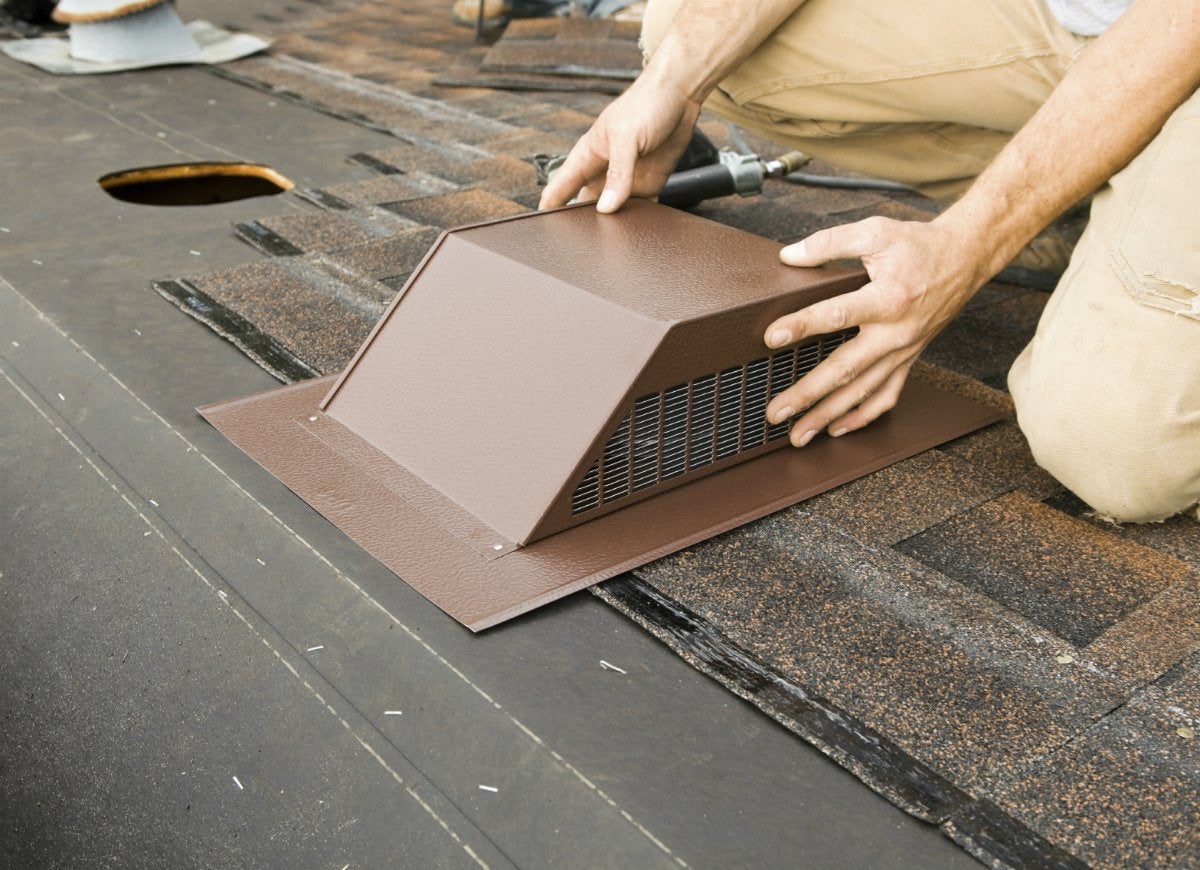
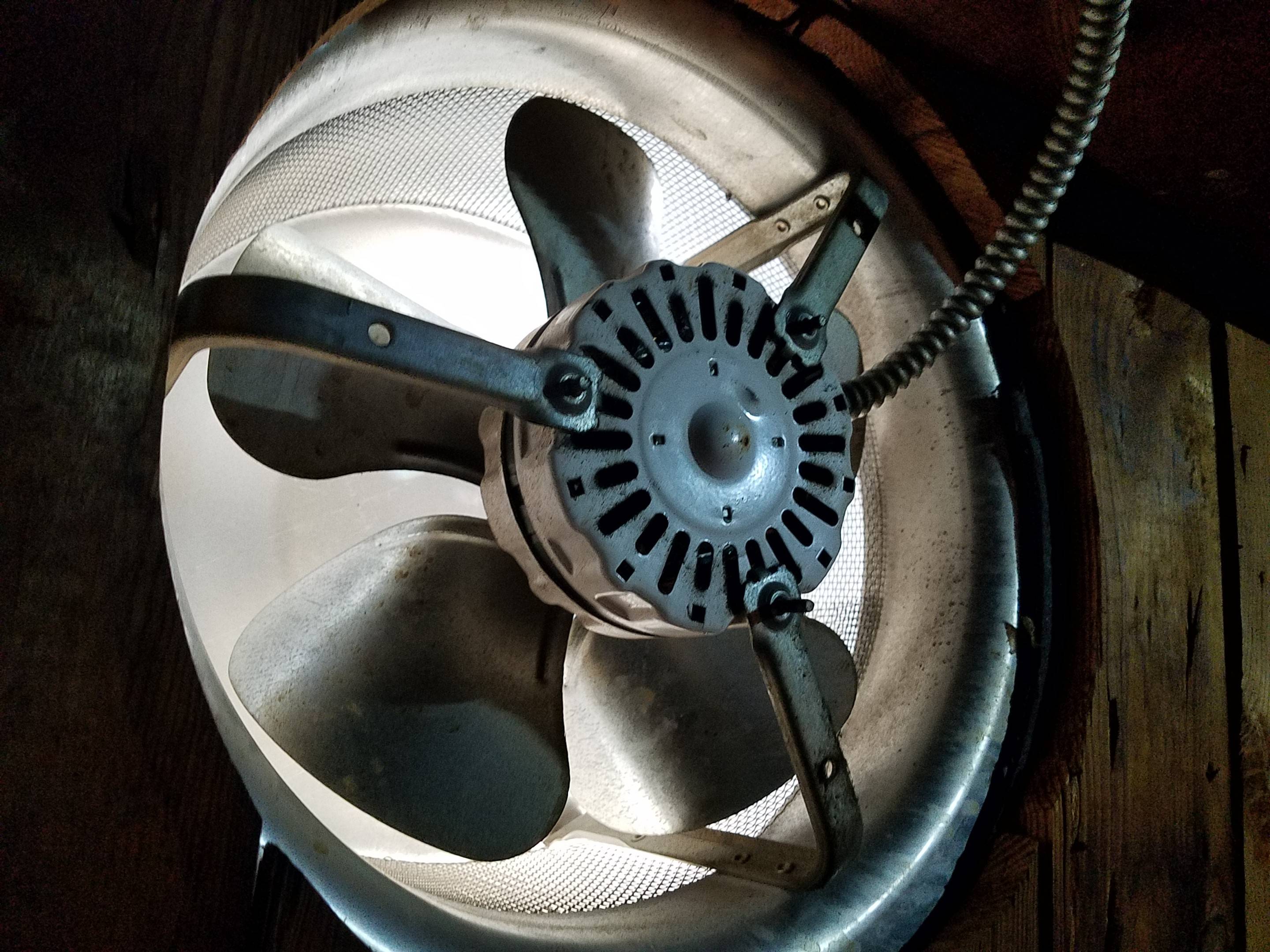

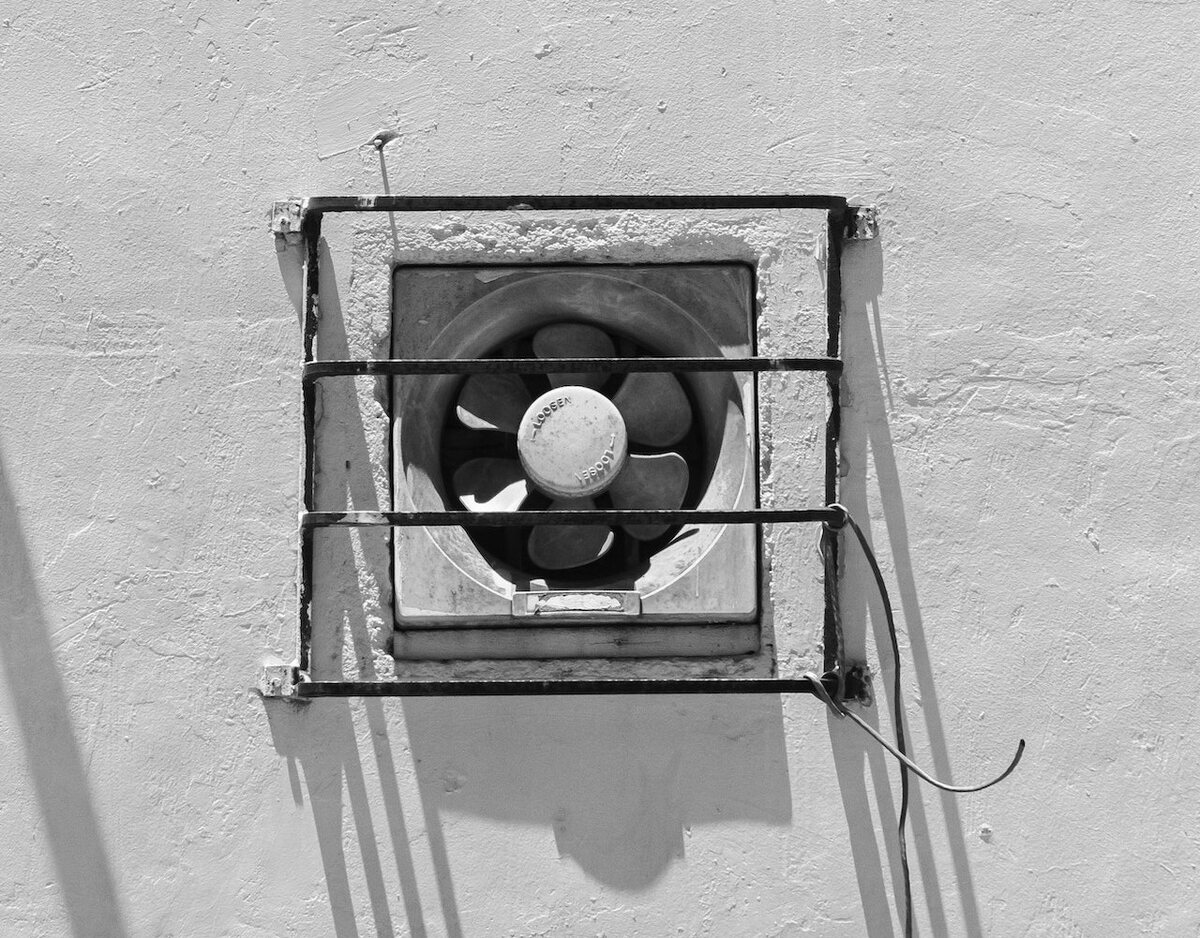
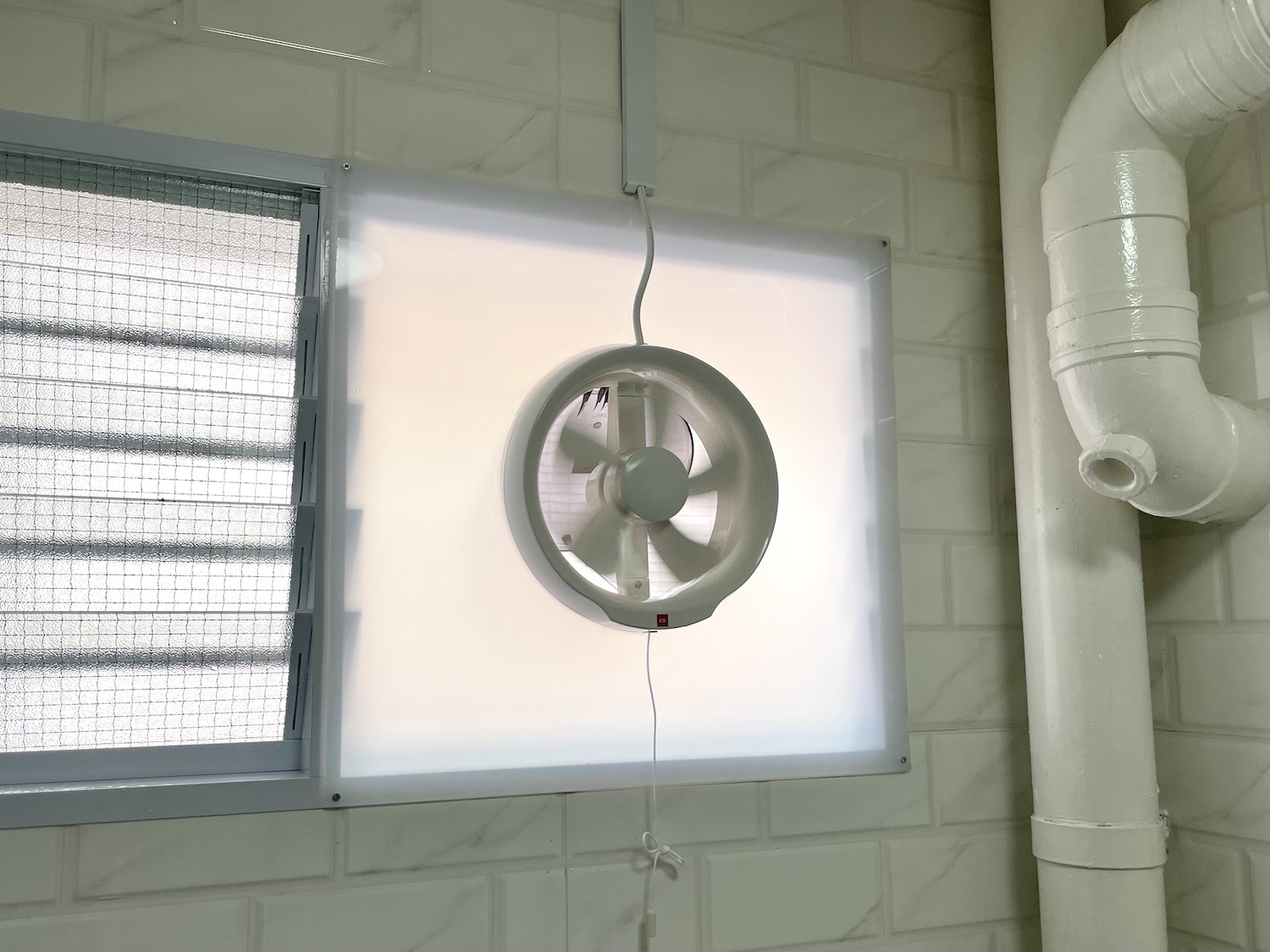
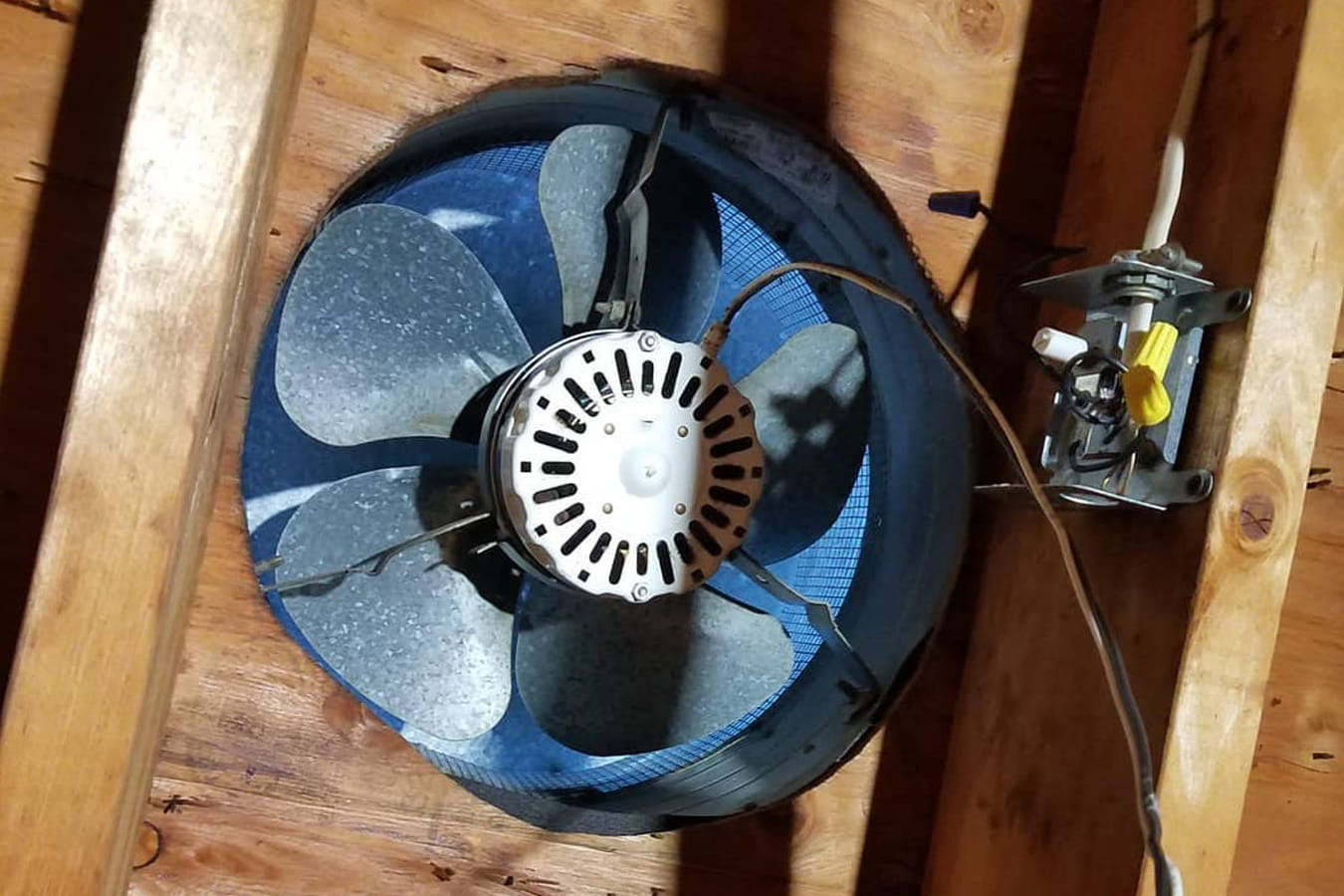
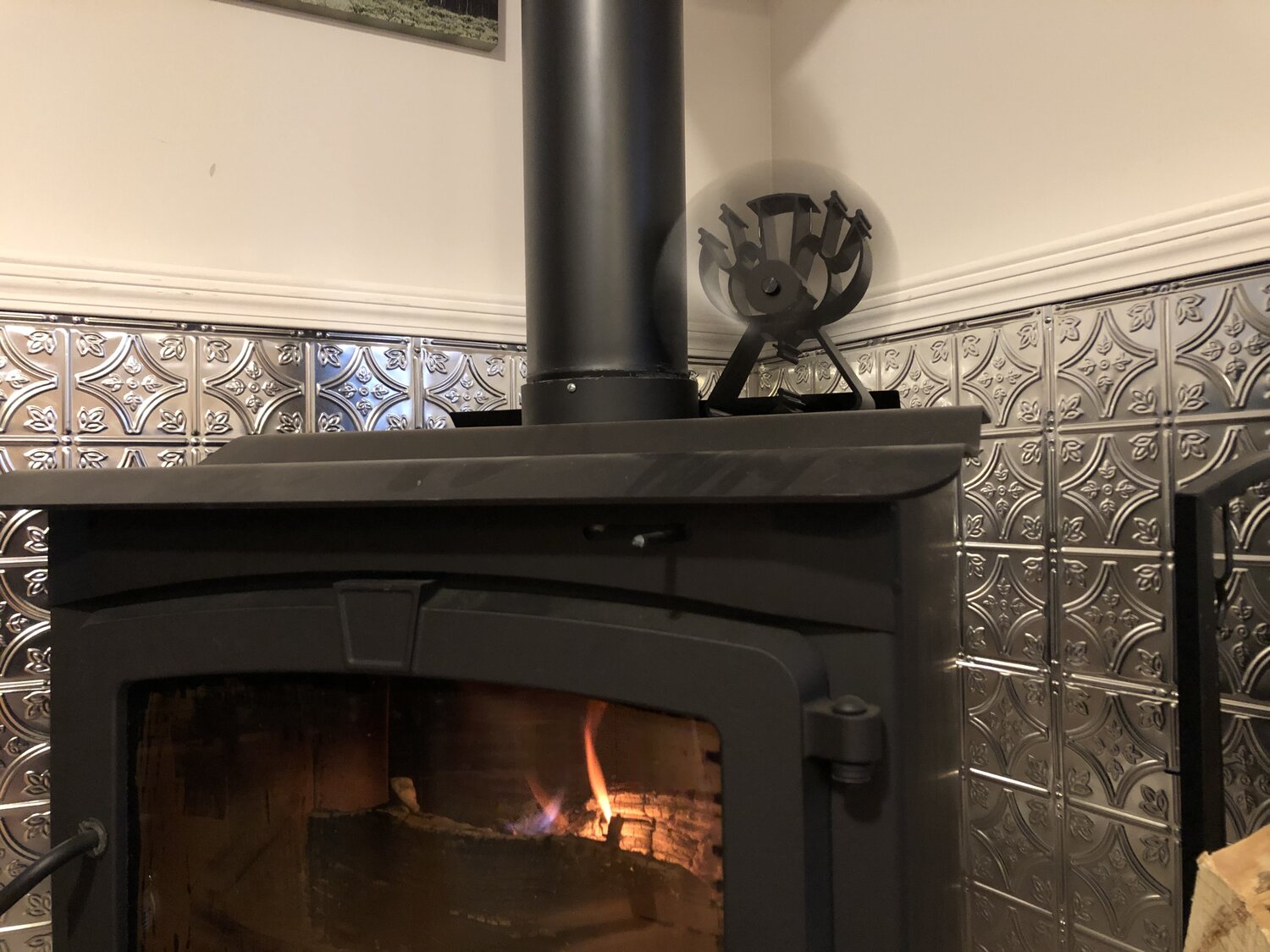

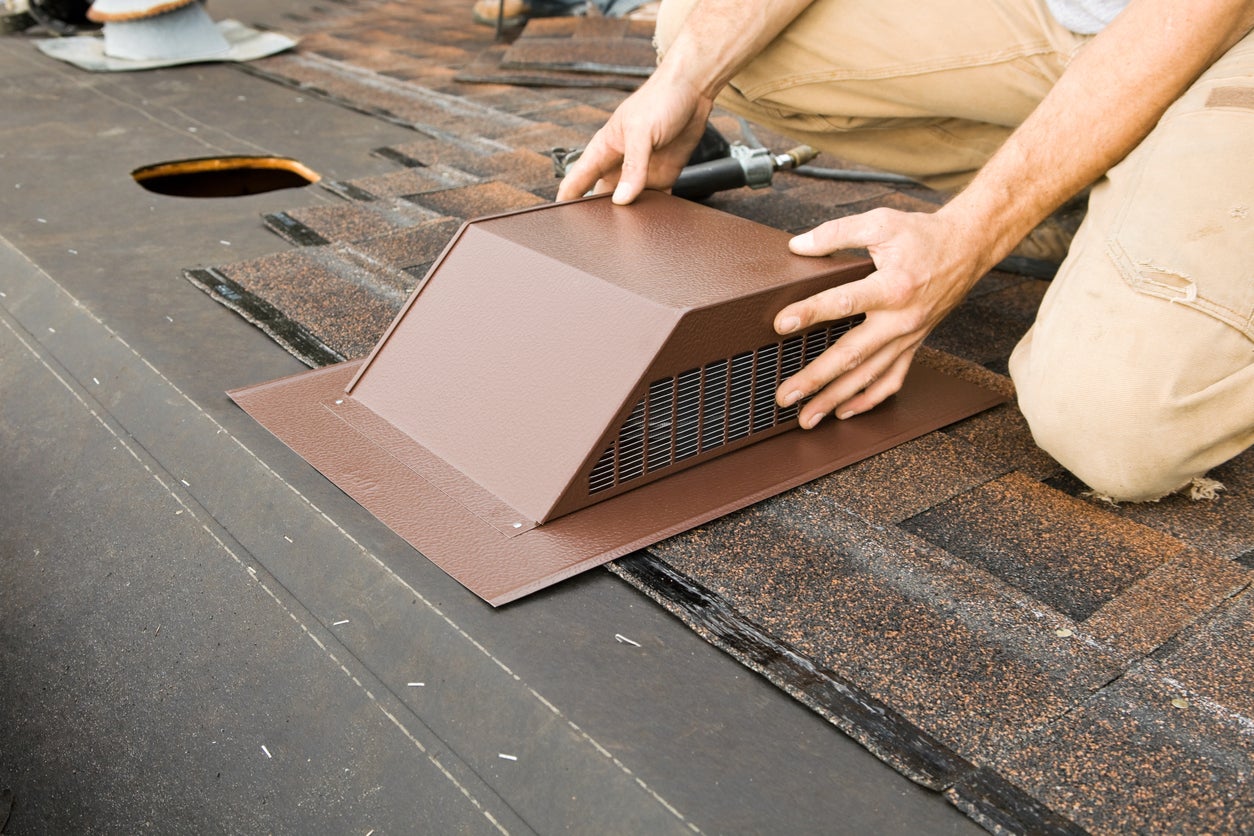
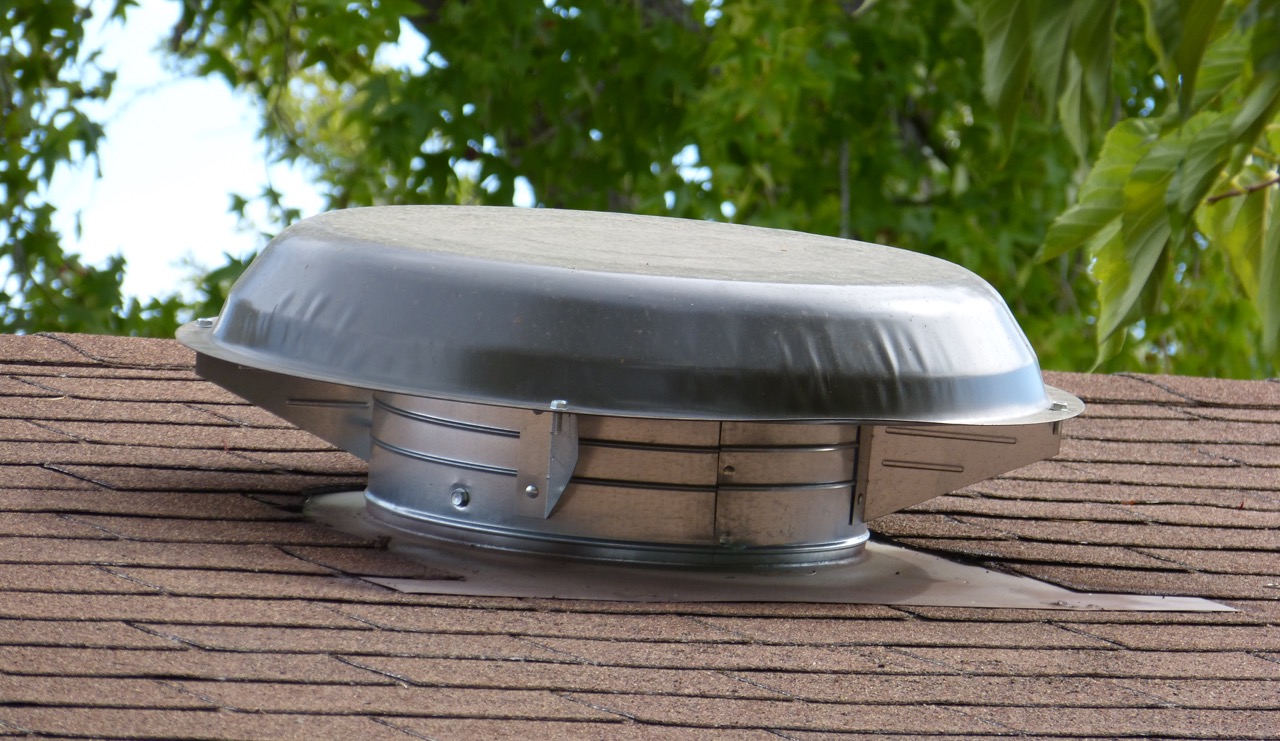
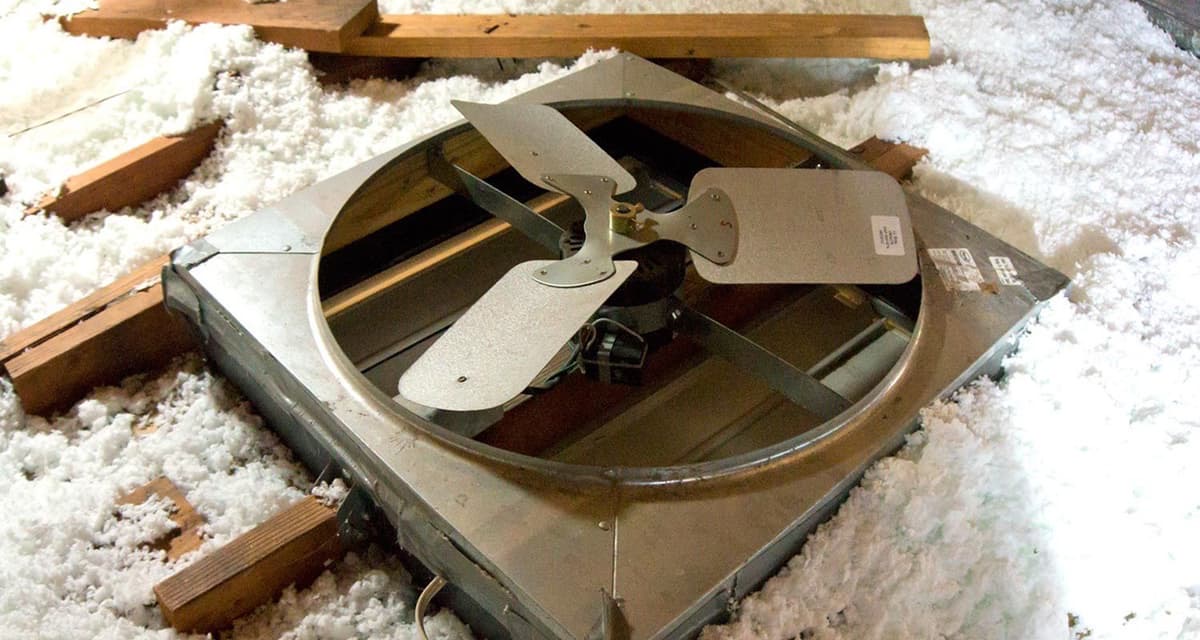
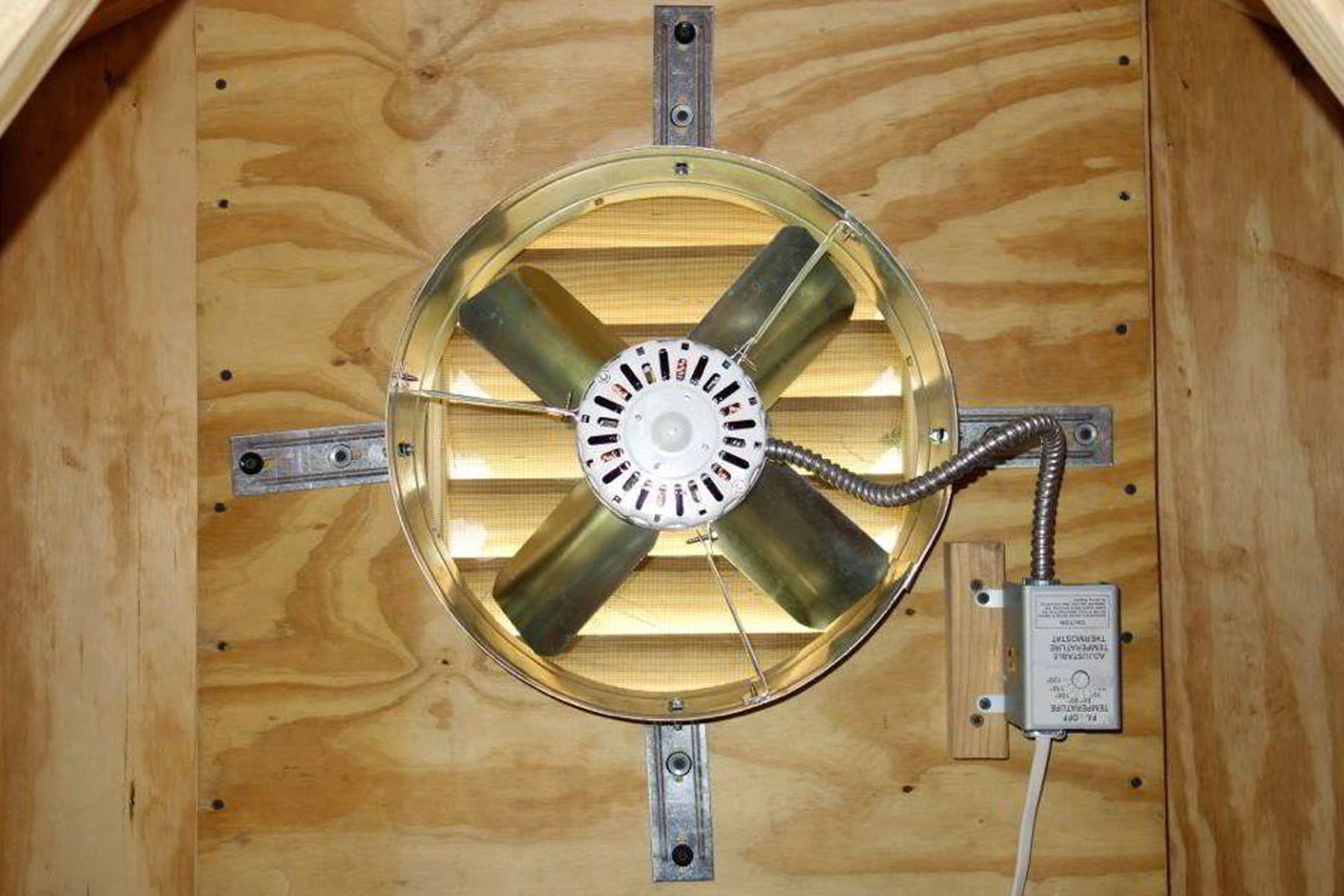
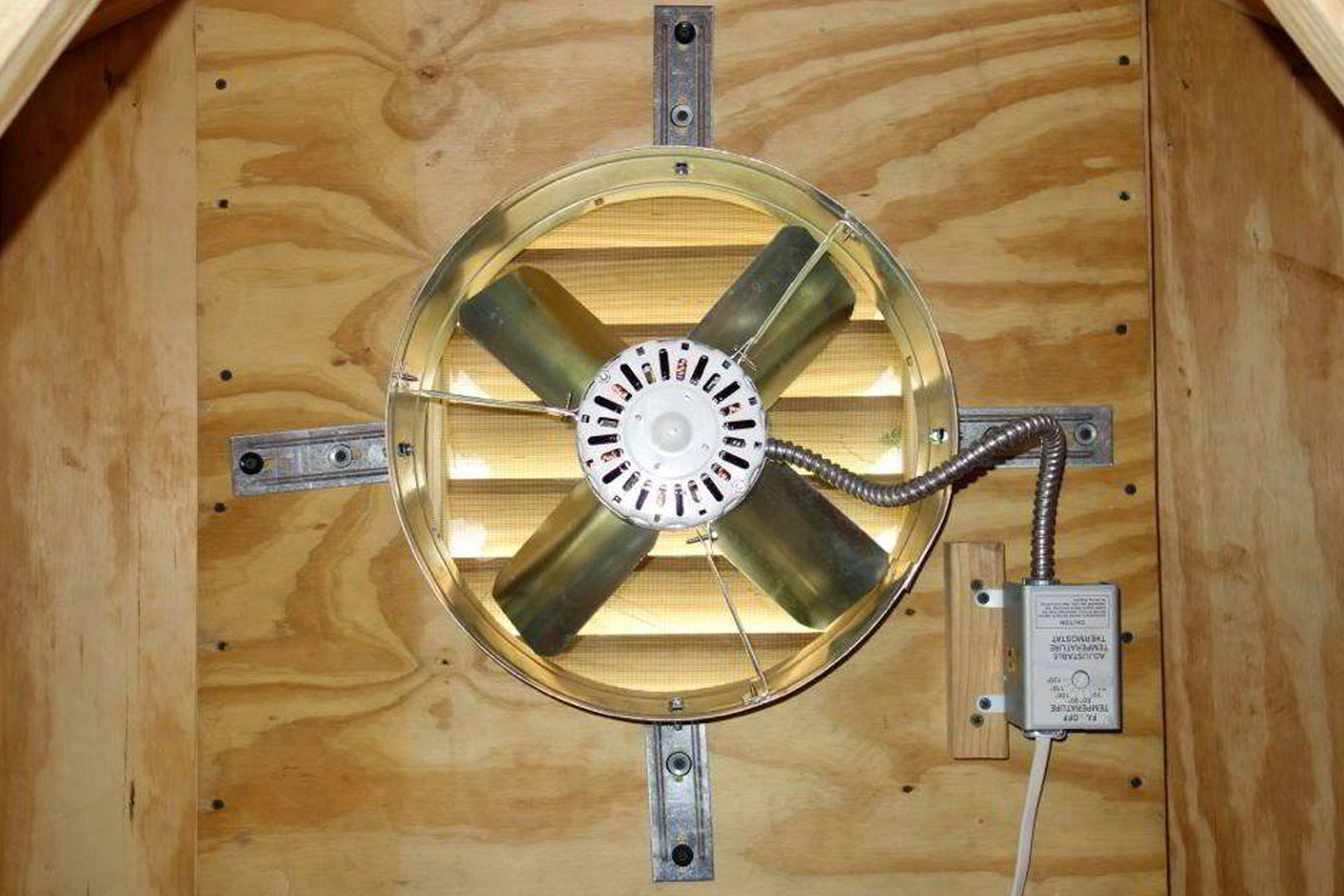
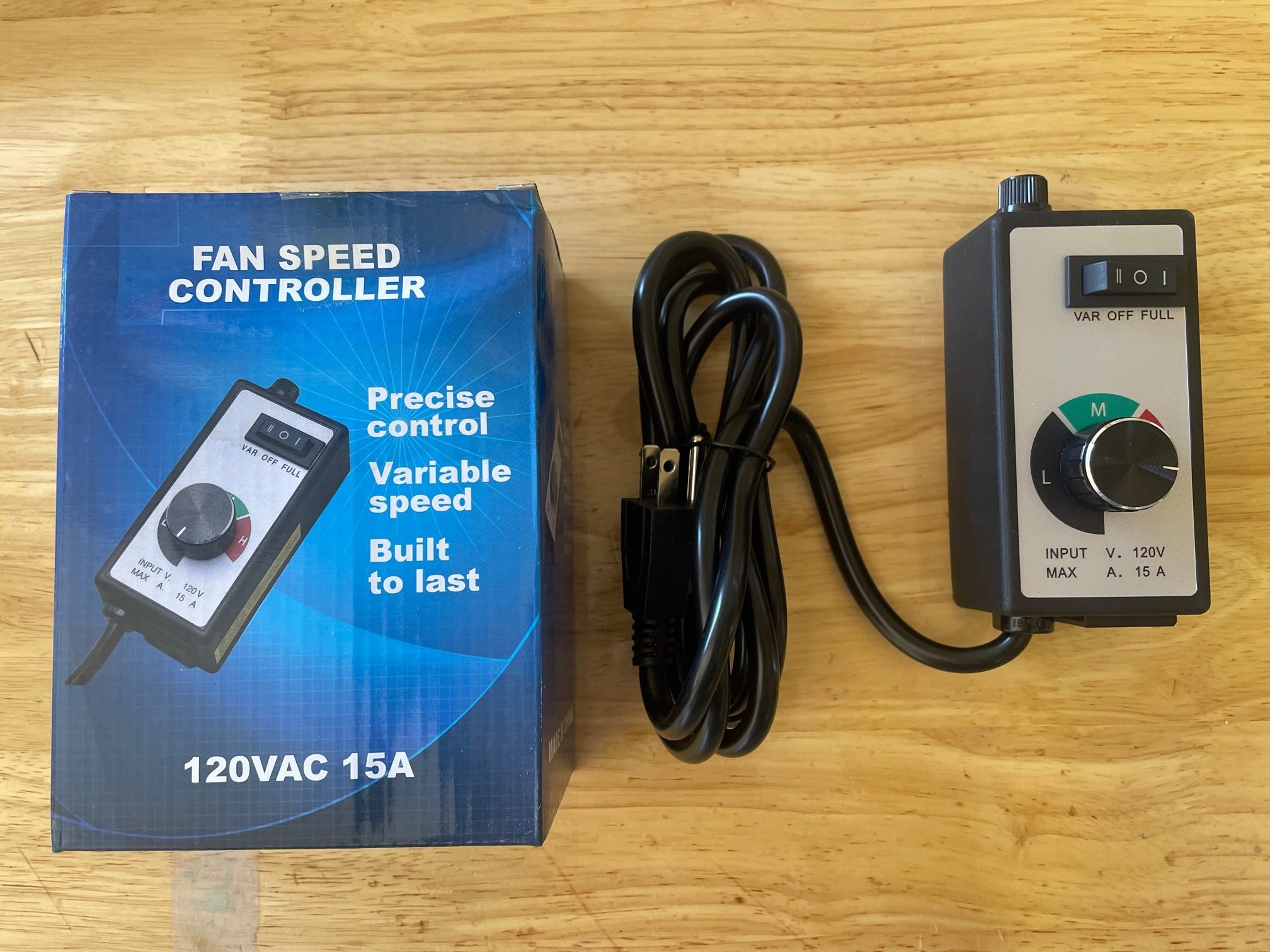

0 thoughts on “How Does Attic Fans Work”